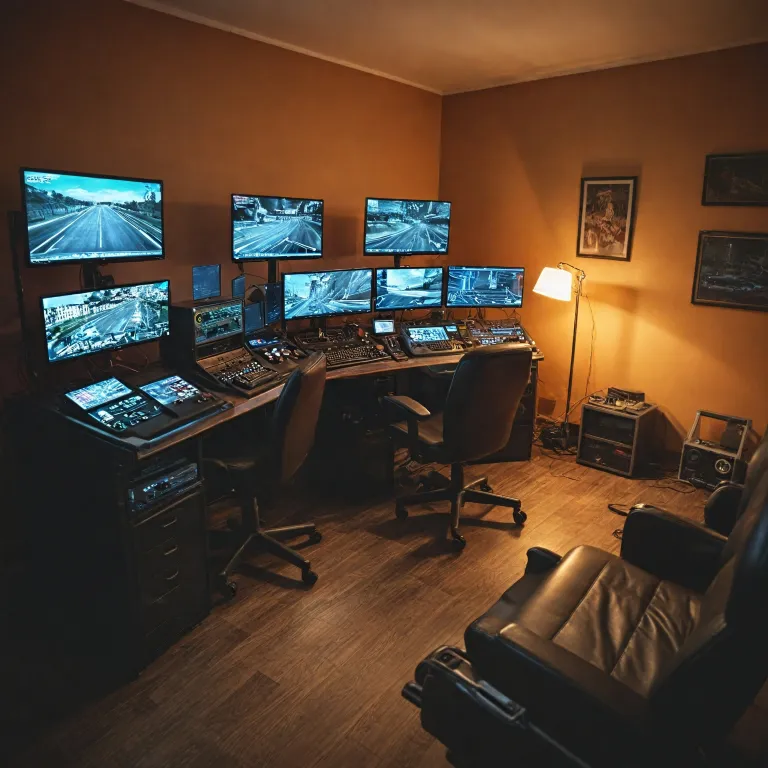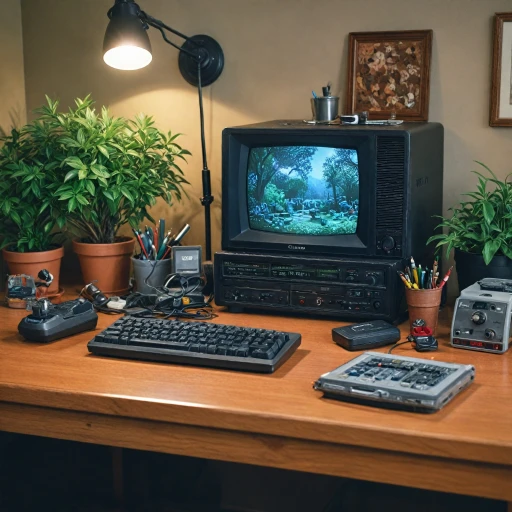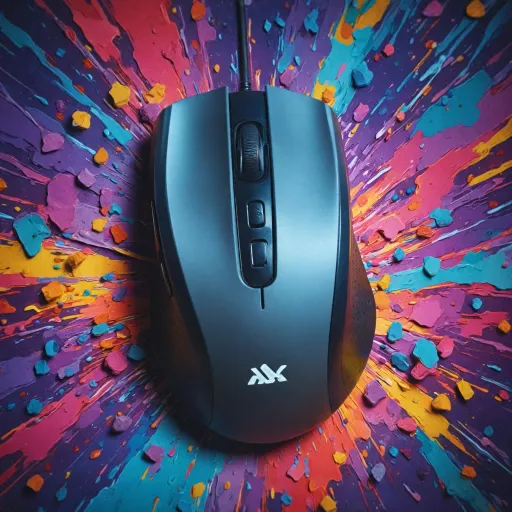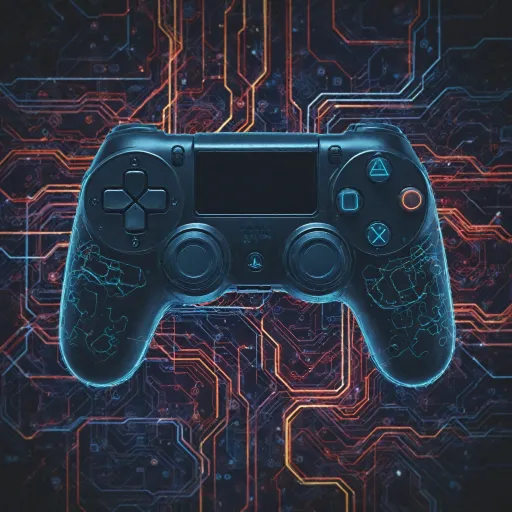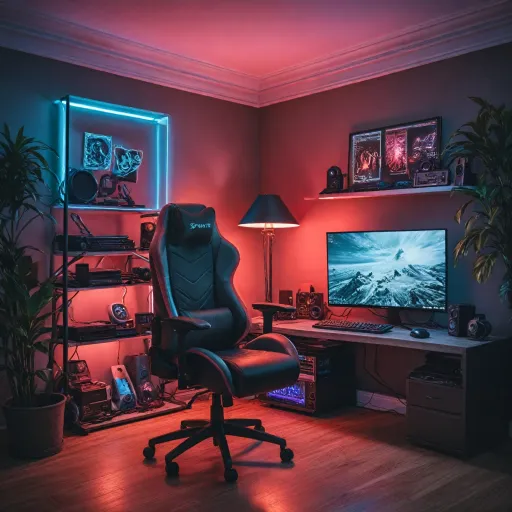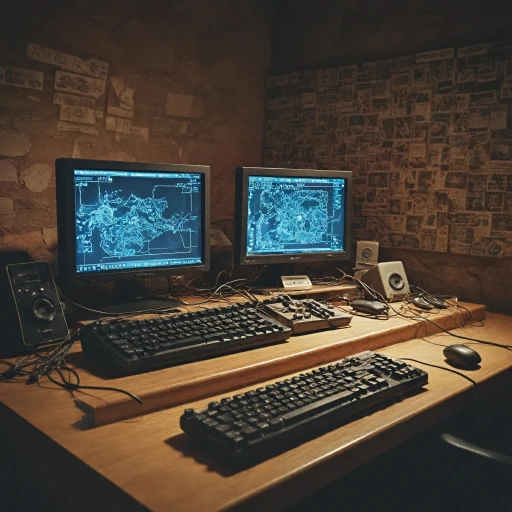
The Evolution of Sim Racing Setups
Tracing the Progress in Sim Racing Over the Years
The world of sim racing has evolved immensely since its inception, reflecting advancements in technology, gaming consoles, and player preferences. In 2008, enthusiasts saw a significant shift in how they could experience racing simulations, thanks in part to increasingly sophisticated sim racing setups. During this time, the availability of affordable and dedicated sim racing rigs captured attention. These setups often included a sturdy frame or cockpit, accommodating a wheel, pedals, and sometimes even a seat, similar to what you’d find in a real car. The use of attached images in posts on racing forums helped budding racers appreciate the intricacies of these setups. They provided insights into how individuals could transform their garages into personalized racing experiences. Popular brands like Fanatec stepped up to offer competitive racing wheels and pedals that promised enhanced realism for players who wanted to experience the thrill of driving without leaving their homes. As described in various threads across iTrader and other platforms, these setups typically required meticulous planning, taking into account location considerations, such as a dedicated room or garage space. Sim racing in 2008 was rooted in a burgeoning fan-driven community, where members joined online forums to share their rig designs and gain inspiration from fellow enthusiasts. It was not just about the gear but also about the connections made through shared interests, often departing from opinions originally posted to quote insights from global contributors. While modern sim racing setups have come a long way from these early designs, evidenced by today's advanced technology and user-friendly interfaces, tracing back the evolution provides us with a profound appreciation of how far sim racing has come. For those interested in understanding how setups have changed since 2008, you might want to explore how updates in technology, like choosing the best HDMI port for gaming, have influenced current setups. Learn about the role of HDMI in gaming setups. The journey from garage-built racing art to contemporary digital simulations is nothing short of fascinating for any serious sim racing aficionado.Key Components of a 2008 Sim Racing Setup
Essential Gear for a 2008 Sim Racing Experience
In 2008, sim racing enthusiasts were keen on building setups that provided an immersive experience. The key components of a sim racing setup during this period were quite distinct and laid the foundation for modern rigs. Here's a look at what made up a typical 2008 sim racing setup:
- Wheel and Pedals: The wheel was the heart of any sim racing setup. Brands like Fanatec were popular among enthusiasts for their realistic feedback and durability. Pedals were equally crucial, offering precision in acceleration and braking, which was appreciated by serious racers.
- Racing Rig: A sturdy racing rig was essential to mount the wheel and pedals securely. Many racers opted for custom-built rigs, often inspired by their favorite cars, such as BMW, to enhance the authenticity of their garage setup.
- Display: While triple-monitor setups were not as common as today, a large single screen was the norm. This allowed racers to immerse themselves in the virtual track environment.
- Software: The software played a pivotal role in the racing experience. Titles like iRacing and rFactor were popular choices, offering realistic physics and a wide array of cars and tracks.
Forums and threads were buzzing with posts from users sharing their setups and experiences. Many would quote originally posted setups to offer advice or appreciate the ingenuity of fellow racers. The location of these discussions often influenced the choice of components, as availability varied.
For those looking to recreate a 2008 sim racing experience today, understanding the importance of keyboard polling rate tests can be crucial, as it affects the responsiveness of the controls. This knowledge can help in selecting the right gear to replicate the feel of a classic setup.
Popular Gaming Consoles for Sim Racing in 2008
Gaming Consoles That Dominated Sim Racing in 2008
In 2008, the sim racing community was burgeoning, eager to get the best out of their rigs. The central piece to many setups was the gaming console, and there were a few key players that racing enthusiasts swore by.- PlayStation 3: The PlayStation 3 was a popular choice among sim racers, particularly because of its compatibility with various wheels and pedals, enhancing the overall feel of the racing experience. Its adaptability and extensive game library made it a cornerstone for setups that aimed for realism. Gamers appreciated the quality graphics that many racing games were able to achieve on this platform.
- Xbox 360: Known for its robust online capabilities, the Xbox 360 was favored by those who wanted to enter competitive racing through multiplayer threads. It was originally posted that players appreciated the consistency it brought to racing games, making it a reliable choice for those who cherished competitive racing environments.
Challenges Faced by Gamers in 2008
Challenges Faced by Gamers During the 2008 Sim Racing Era
Sim racing enthusiasts in 2008 may have been excited to get behind the virtual wheel, but they faced several challenges in setting up their racing rigs. Navigating these obstacles was a crucial part of the sim racing journey. Firstly, the technological limitations of the period posed significant challenges. Although many appreciated the budding realism offered by setups of that era, including the integration of fanatec wheels and pedals, the hardware often lagged behind the ambitions of racing enthusiasts. The graphics and physics engines were less advanced compared to today's standards, which sometimes resulted in less immersive experiences. Compatibility Issues:- Many gamers struggled with ensuring their hardware was compatible across different platforms. This was a particular issue for those who originally posted their sim setup ideas in various garage-based forums and threads.
- Drivers and firmware updates for racing equipment were not as easily accessible, which could complicate the process of setting up a sim rig.
- Creating a top-of-the-line sim racing setup was—and continues to be—a significant financial investment.
- With fewer options available in the second-hand market, many relied on expensive imports or premium brands like BMW join steering wheels and pedals, which could quickly add up.
- For those attempting to join the sim racing world, finding thorough resources and guides was challenging. Rep posts and detailed garage lists were less common, making it difficult for new entrants to know where to begin.
- Online communities, while supportive, often had scattered information, which required time and effort to piece together.
Comparing 2008 Setups to Modern Sim Racing
Comparing Past and Present Racing Setups
The transformation in sim racing setups from 2008 to the present day is nothing short of remarkable, with gaming consoles like the PlayStation 3 and Xbox 360 originally posted as leading contenders for sim racing enthusiasts. Back then, simplicity was key, and gamers borrowed elements from real-life racing to enhance their virtual garage setups. Components such as wheels, pedals, and racing seats provided a tactile feel to the experience. A BMW wheel setup attached to a rudimentary rig in your garage was considered top-of-the-line. Today, the evolution has driven many to more complex setups with advanced components. Fanatec has become a household name, offering custom wheel and pedal configurations that mirror the precision found in professional racing vehicles, such as the famous BMW drives. The level of customization has increased, allowing for greater control over every aspect of the racing experience. Gamers can now join and appreciate threads exploring intricate setups on platforms like iTrader, sharing rep posts that analyze every element of their sim rig. This collaborative culture has led to a more detailed understanding of the nuances between past and present configurations. While the 2008 setups might seem quaint in comparison to today’s high-tech solutions, many still find an intriguing charm in their simplicity. This demonstrates an appreciation for the evolution, with some enthusiasts maintaining a thread of nostalgia for those earlier systems. The transition hasn't been seamless, though, with new technologies posing challenges, similar to those originally faced by gamers. Balancing advanced tech with accessibility remains a recurring theme. Thus, for anyone aiming to recreate the feel of a 2008 sim racing setup today, understanding these historical components is key to a successful and immersive experience.Tips for Recreating a 2008 Sim Racing Experience
Emulating a Retro Sim Racing Experience
For enthusiasts wanting to recreate the throwback vibe of a 2008 sim racing setup, there are some steps you can follow to achieve that iconic feel. By following these tips, you can not only appreciate the nostalgia but also enhance your current racing rig.- Begin with the Basics: Start by focusing on the essential components like the wheel and pedals. A Fanatec wheel is a good choice as it was one of the popular options originally posted about in various racing forums. Pair with vintage pedals to match the aesthetic.
- Reflective Console Selection: Although modern setups utilize advanced PC rigs, during 2008, consoles like the PlayStation 3 and Xbox 360 were the go-to choice for sim racers. Consider connecting your setup to one of these older consoles if possible, to truly step back in time.
- Racing Seat Matters: A racing seat is central to the experience. While modern sim rigs offer advanced features, you might want to look for setups that mimic the style of a garage-built prototype. This adds to the authenticity of your layout.
- Software from the Era: Find and load classic racing games that were popular in 2008. Titles such as "Gran Turismo 5 Prologue" or "Forza Motorsport 2" provide that core gaming experience, originally appreciated by racing fans.
- Community Engagement: Participate in community threads or forums where users share their tips and tricks. Posts by experienced racers often include attached images of their setups, which can be invaluable when building your own rig. Engaging with these communities can provide additional insights and help navigate any challenges.
- Explore discussions on platforms like iTrader or look for groups that rep drives from that era. Familiarizing yourself with these niches can enhance both your knowledge and setup.
